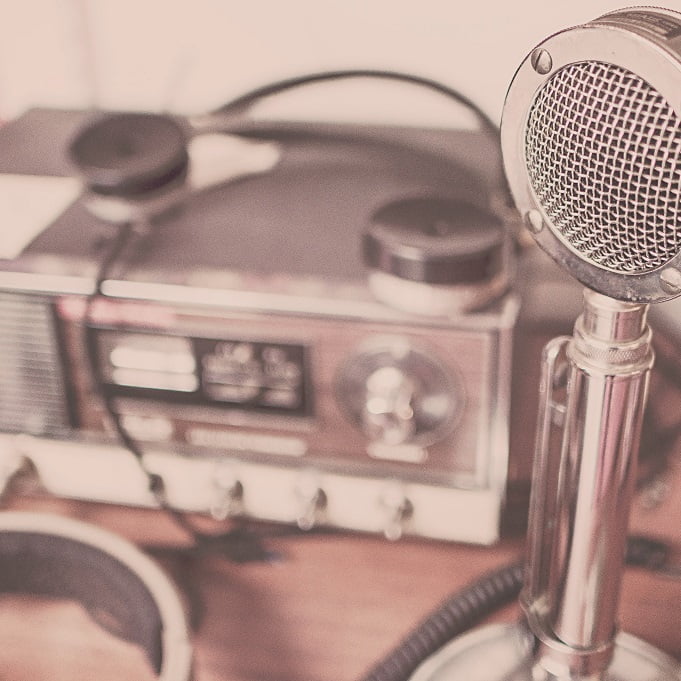
Harmonizing Numbers and Signals
Mathematics forms the backbone of various aspects in Ham Radio, influencing antenna design, signal propagation, and frequency management. In this post, we’ll unravel the mathematical concepts that underpin Amateur Radio operations, shedding light on how numbers and calculations contribute to effective radio communication. This guide will explain the areas where you’ll need math and how to apply it.
Where Math is Applied
Frequency and Wavelength Calculations:
Understanding the relationship between frequency (measured in Hertz, Hz) and wavelength (measured in meters) is crucial. The formula that relates frequency and wavelength is:
Wavelength (m) = Speed of Light (m/s) / Frequency (Hz)
Speed of Light ≈ 3 x 10^8 m/s
You’ll need to use this formula to calculate the wavelength of a given frequency or vice versa.
Antenna Length Calculations:
Antenna length is often related to the wavelength of the signal it’s designed to transmit or receive. The formula for calculating the length of a half-wavelength dipole antenna is:
Length (meters) = Wavelength (meters) / 2
Understanding antenna dimensions is important for efficient transmission and reception.
Propagation:
Understanding the propagation of radio waves over various distances involves some math. Signal attenuation, reflection, refraction, and diffraction can all be better comprehended with basic principles of geometry and trigonometry.
Electrical and RF Calculations:
To work with circuits and understand signal properties, you’ll need basic electrical calculations.
Ohm’s law
V = I * R
Power Calculations
P = V * I
Also, calculations involving impedance are essential.
Radio Modulation:
Understanding the modulation techniques used in radio communications, such as amplitude modulation (AM), frequency modulation (FM), and phase modulation, requires some understanding of trigonometry and waveforms.
Decibels (dB) and Signal Strength:
Decibels are used to express signal strength and losses in radio communication. Understanding logarithms and how to perform dB calculations is necessary to work with signal measurements.
Radio Propagation Models:
When working with longer distances, you might need to use propagation models like the Friis Transmission Equation to estimate the received signal power.
Real-World Applications:
Wire Length Calculations: Discussing how mathematical formulas determine the ideal wire lengths for different antennas.
Signal Strength and Attenuation: Explaining the mathematical relationship between distance, signal strength, and signal attenuation in various propagation environments.
Frequency Planning: Demonstrating how mathematical calculations aid in selecting frequencies for specific communication needs.
Next Steps
To learn and apply these mathematical concepts, you can follow these steps:
Study:
Begin by learning the relevant mathematical concepts from textbooks, online resources, or courses related to radio communication and electronics.
Practice:
Apply the learned concepts through practical exercises and calculations. There are numerous online calculators and tools available to assist you.
Experiment:
Experiment with different antenna designs, radio setups, and propagation conditions. Measure and analyze your results to gain a better understanding of real-world scenarios.
Engage with the Ham Radio Community:
Joining local ham radio clubs or online forums can be immensely helpful. You can learn from experienced operators, seek advice, and collaborate on projects.
Online Resources:
There are several online resources and tools available for performing radio-related calculations, especially for Ham Radio enthusiasts. Here are some valuable online resources:
VOACAP Online:
- Website: VOACAP Online
- Description: Provides HF propagation prediction tools allowing users to forecast the radio propagation conditions between two locations for different times, frequencies, and sunspot numbers.
HeyWhatsThat – Radio Line of Sight Tool:
- Website: HeyWhatsThat Radio Line of Sight
- Description: Calculates the line-of-sight visibility between two points, considering the curvature of the Earth, antenna heights, and terrain profiles.
Antenna Calculator by W8JI:
- Website: W8JI Antenna Calculator
- Description: Offers various antenna calculators for dipole, Yagi, and other antenna types, helping with dimension calculations based on frequency and design specifications.
TAPR TNC (Terminal Node Controller) Test CD:
- Website: TAPR TNC Test CD
- Description: Contains tools for testing and calibration of TNCs (Terminal Node Controllers) used in packet radio, with various software and documentation.
Radio Mobile Online:
- Website: Radio Mobile Online
- Description: Enables coverage predictions for radio communication systems using terrain and path profiles.
RF Cafe Online Calculators:
- Website: RF Cafe Calculators
- Description: Houses a collection of radio frequency (RF) calculators covering various aspects of RF engineering and communications.
AC6V’s Amateur Radio & DX Reference Guide:
- Website: AC6V’s Amateur Radio & DX Reference Guide
- Description: A comprehensive resource with links to numerous calculators, tools, and information for amateur radio operators.
These resources offer a range of calculators, prediction tools, and reference materials to aid in various aspects of radio communication, including antenna design, propagation prediction, line-of-sight calculations, and more. They can be valuable for planning, optimizing, and troubleshooting radio systems for Ham Radio enthusiasts and professionals alike.
Conclusion
Remember that while math is essential for understanding many aspects of ham radio, you don’t need to be a math genius to be a successful ham radio operator. Start with the basics, and as you delve deeper into the hobby, your understanding of the relevant mathematical principles will naturally improve.
Mathematics serves as the backbone of Ham Radio, facilitating antenna design, signal propagation, frequency management, and overall communication optimization. By understanding and leveraging mathematical principles, Ham Radio enthusiasts can enhance their knowledge, design better systems, and improve communication capabilities for an enriching radio experience.
That’s All Folks!
You can explore more of our guides on amateur radio here: Beginners Guide to Amateur Radio



